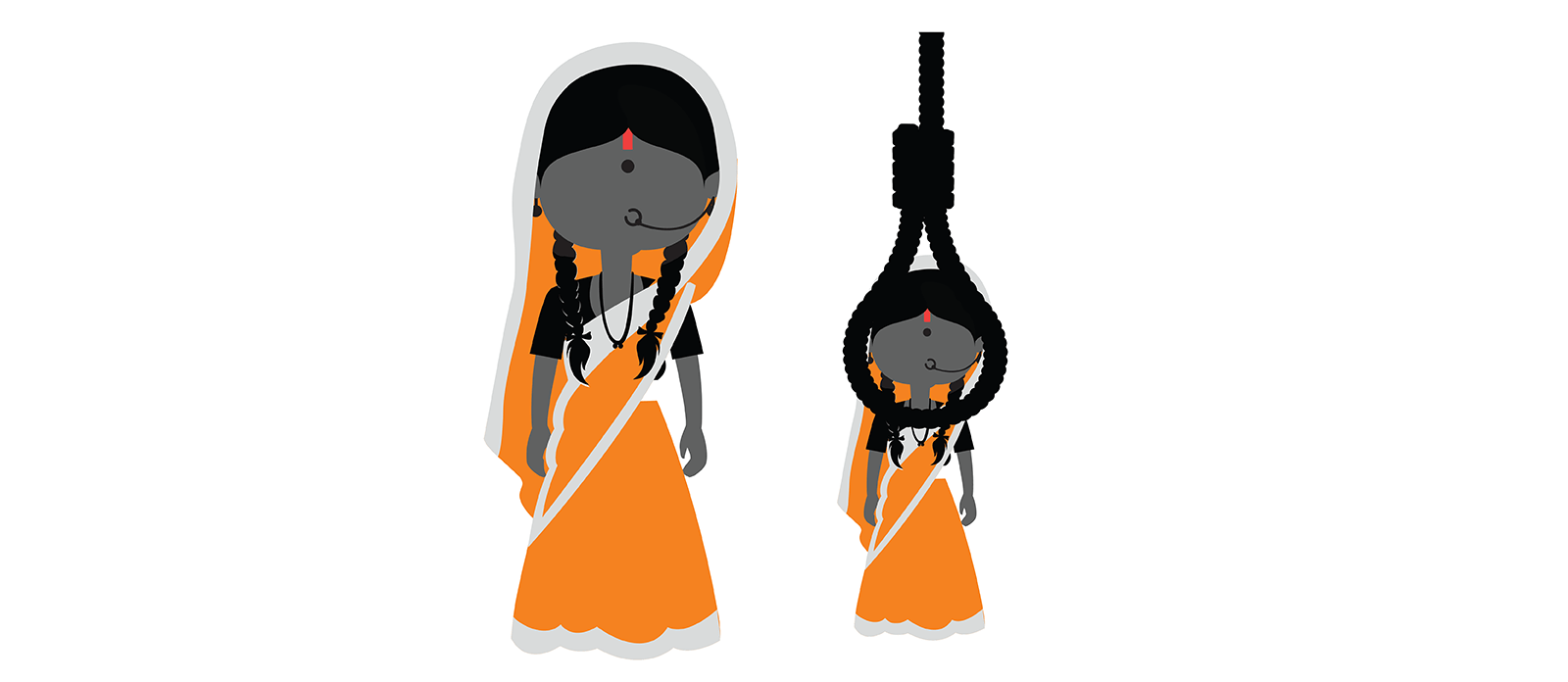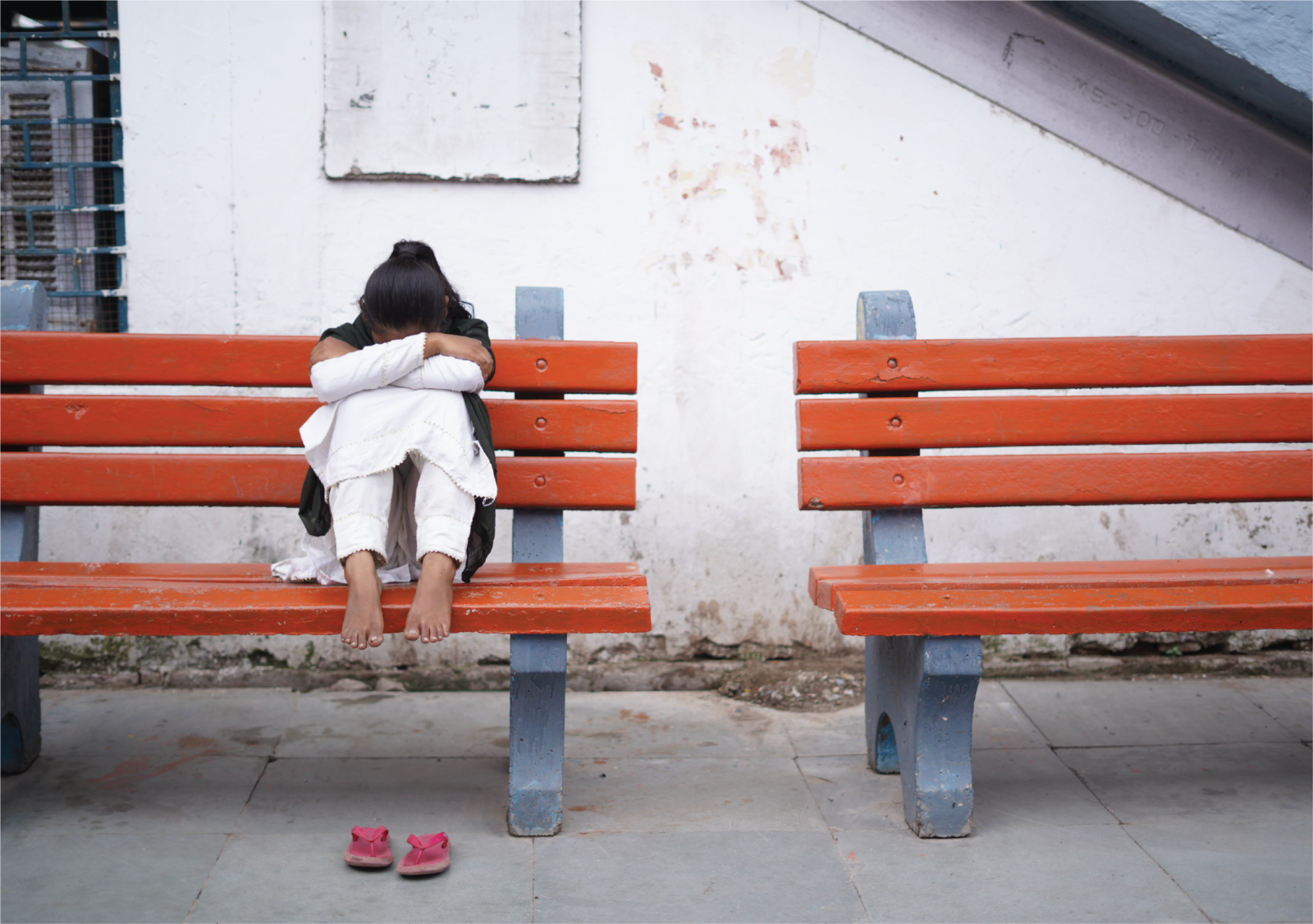Child marriage remains a significant issue in India, despite considerable legal frameworks and initiatives aimed at curbing the practice. Defined as the marriage of a girl or boy before the age of 18, child marriage violates the rights of children and has long-lasting repercussions on their health, education, and overall well-being.
The Prevalence and Impact
India accounts for one-third of the world’s child brides, with millions of girls married before they reach adulthood. According to data from the National Family Health Survey (NFHS), approximately 23% of women aged 20-24 were married before the age of 18. The incidence is particularly high in rural areas, where traditional norms, poverty, and lack of education often fuel the persistence of this harmful practice.
The effects of child marriage are devastating. Early marriage often leads to early pregnancies, which pose serious health risks, including maternal mortality and infant mortality. Furthermore, girls who marry young are less likely to continue their education, limiting their opportunities for personal and economic growth. Child brides also face increased vulnerability to domestic violence, social isolation, and mental health challenges.
The Legal Framework and Government Efforts
India has several laws aimed at preventing child marriage. The Prohibition of Child Marriage Act (2006) sets the legal age of marriage at 18 for women and 21 for men. Additionally, the Juvenile Justice Act and the Protection of Children from Sexual Offenses (POCSO) Act work to safeguard children from exploitation. However, enforcement of these laws remains inconsistent, especially in remote and underserved areas.
Government programs such as Beti Bachao Beti Padhao and the Pradhan Mantri Matru Vandana Yojana (a maternity benefit scheme) focus on improving the status of girls, promoting education, and providing financial incentives for delaying marriage. However, the implementation of these programs faces challenges such as entrenched social norms and limited access to education and healthcare.
The Role of Society and Communities
While laws and policies play a crucial role, changing societal attitudes is equally important in ending child marriage. Community-based interventions, awareness campaigns, and grassroots organizations have been pivotal in raising awareness and empowering girls and families to resist early marriage. In many cases, local leaders, teachers, and women’s groups have become champions of change, working to shift cultural practices and promote the value of education for girls.
The Road Ahead
Ending child marriage in India requires a multifaceted approach: robust law enforcement, improved access to education and healthcare, economic empowerment of women, and a cultural shift that values girls’ rights and opportunities. Only when communities, policymakers, and civil society work together can India hope to see a future where no child is forced into marriage. It’s not just a matter of human rights but a crucial step toward a more equitable, prosperous, and progressive society.






